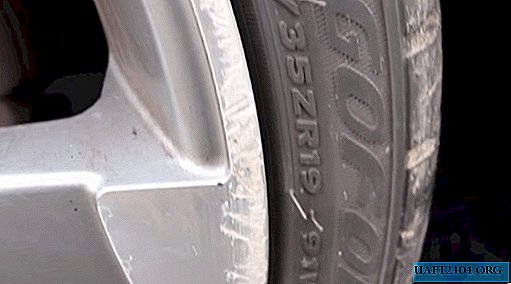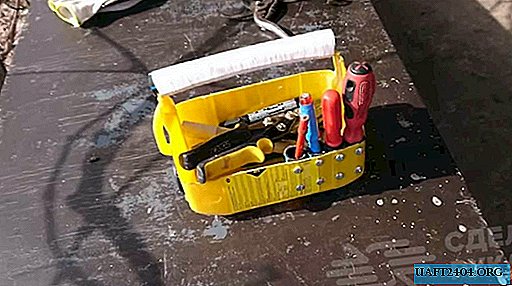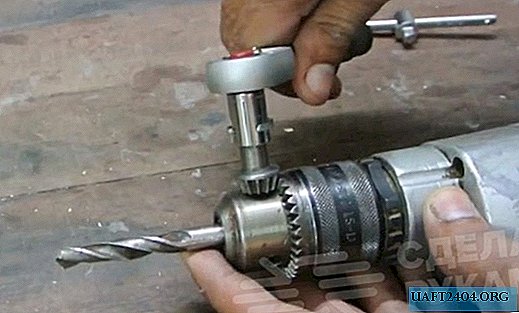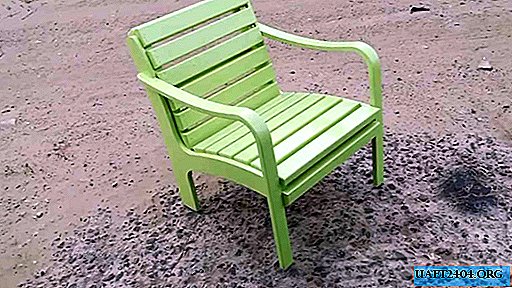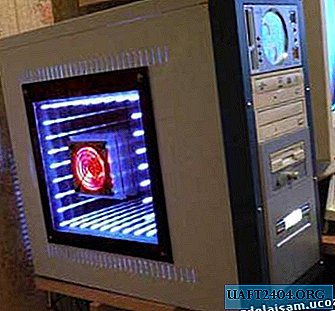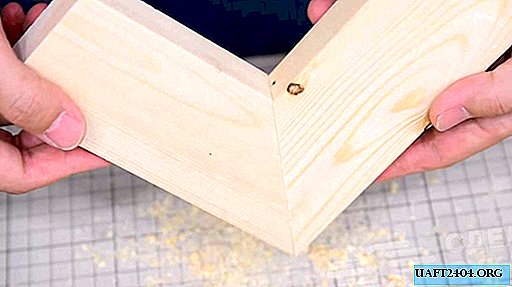Share
Pin
Tweet
Send
Share
Send
Usually, a stationary barbecue is used for this purpose, and in its absence they carry a bulky, inconvenient and heavy construction, welded from sheets of carbon steel of large thickness to prevent burn-out from constant use.
Is it possible to replace this product in a simple and problematic way with something more aesthetic, ergonomic and light? What material to choose in this case, and how to assemble it in order to make a simple, compact and convenient portable barbecue in order to fry kebabs in nature?
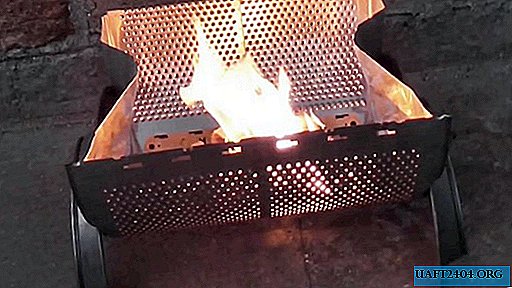
Stainless steel meets all these numerous conditions, because it is distinguished by sufficiently high strength, excellent heat resistance and, most importantly in this case, durability. This type of steel does not rust, does not oxidize and does not burn out.
A brazier made of stainless steel will last you more than one decade. Its design will depend on the source material. If these are sheets, then the grill will turn out to be angular, which is not very convenient and practical.
A more ergonomic round shape of the barbecue can be obtained by using an old stainless steel drum from an automatic washing machine as a starting material. You can try to find it at a scrap metal dump or remove it from your old broken automatic machine.
Making barbecue from the washing machine drum
Getting to work. First of all, it is necessary to cut off the end part in the form of a shell in a circle using a grinder.

This is a blank for future legs, and the remaining cylinder with a bottom will be the basis of the brazier for lighting a fire. We cut both blanks into two equal symmetrical halves using the same grinder.


Next, we connect the two parts of the cylinder with the overlap so that the halves of the bottoms look outward.

The joint can be joined using bolts and nuts or spot welding. Thus, we get a brazier body with a rounded base and vertical side walls.

Now, legs can be attached to the body (to the vertical side walls) from two sides. They will be shells cut into two equal parts, which are halves of a circle.

They can also be attached to the grill case using hardware or the same spot welding. To do this, we bend the shoulders symmetrically on both sides where the legs will lie with a bench hammer. Then we put the legs in them and attach to the brazier body with bolts and nuts or spot welding.

In the event that the brazier is assembled using bolts and nuts, it will turn out to be collapsible, which will increase its mobility, facilitate transportation and simplify storage.

The width of the brazier is just suitable for the standard length of skewers. It remains only to check our homemade barbecue in action. To do this, we put wood material in it, of course, saxaul bars would be better, but birch chumps will also go. We give the fuel to burn to the coals and now, please, you can fry the kebabs.


Brazier design improvement
If the brazier is slightly shortened in length due to a wider overlap in the middle, then the bottom in the zone of the most intense and prolonged burning will be double. This will undoubtedly increase the reliability and life of our homemade product.
To increase stability and give the finished look to the brazier, heel stops can be welded to the lower edges of the legs, or simply attach plastic stops in some way.
Share
Pin
Tweet
Send
Share
Send


